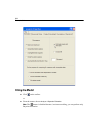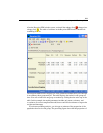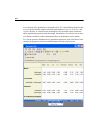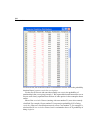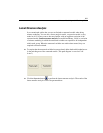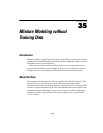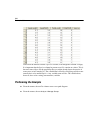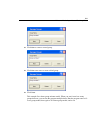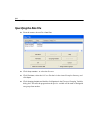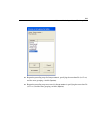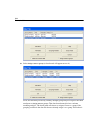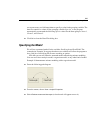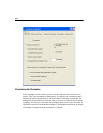
539
Example
35
Mixture Modeling without
Training Data
Introduction
Mixture modeling is appropriate when you have a model that is incorrect for an entire
population, but where the population can be divided into subgroups in such a way that
the model is correct in each subgroup.
When Amos performs mixture modeling, it allows you to assign some cases to
groups before the analysis starts. Example 34 shows how to do that. In the present
example, all cases are unclassified at the start of the mixture modeling analysis.
About the Data
This example uses the Anderson (1935) iris data that was used in Example 34. This
time, however, we will not use the iris3.sav dataset, which contains species
information for 30 of the 150 flowers. Instead, we will use the iris2.sav dataset, which
contains no species information at all. That is the difference between Example 34 and
the present example: In Example 34, some cases were pre-classified; in the present
example, no cases are pre-classified. The following figure shows a portion of the
iris2.sav dataset.




